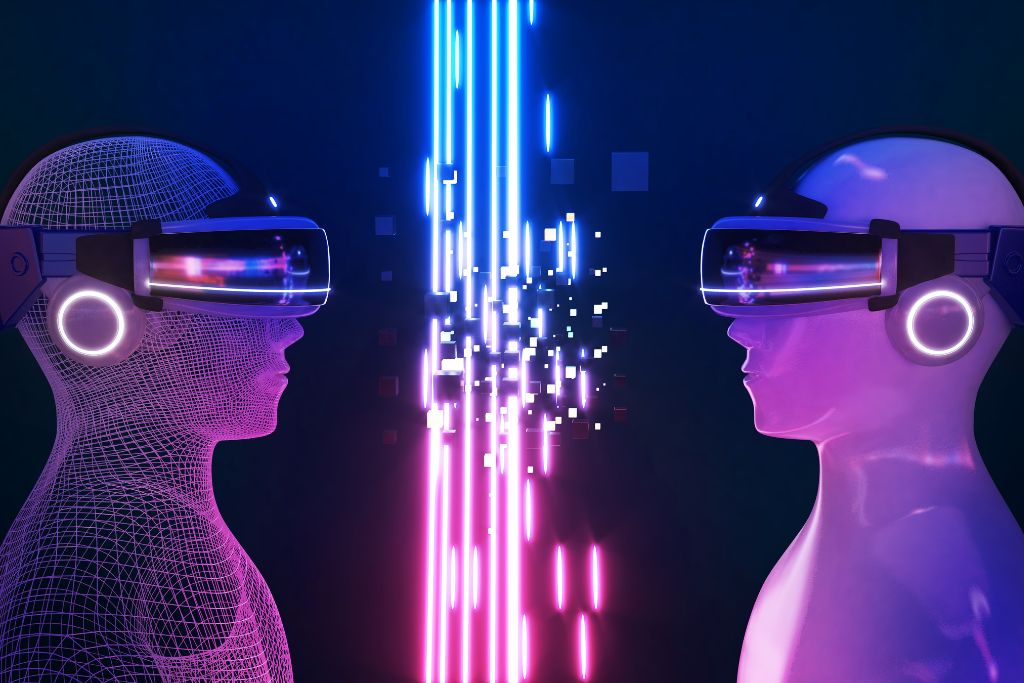Exploring the Impact of Technology on the Future Technology has become a major part of our everyday lives, and it is only continuing to grow in its influence and reach. In the last decade alone, we have seen tremendous advances in the areas of artificial intelligence (AI), robotics, cloud computing, virtualization, the Internet of Things (IoT), edge computing, big data and analytics, autonomous vehicles, and 5G network technology. These advances have drastically changed the way we interact with the world and disrupted many traditional industries. As we look to the future, it is essential to consider the impact of technology on our lives and explore the technology trends for the coming years. In this blog, we will look at the technology trends of 2023 and explore how they will shape our lives in the years to come.
Artificial Intelligence (AI) and Robotics
Artificial Intelligence (AI) and robotics are some of the most exciting trends in technology today. In the next few years, these two technologies are set to revolutionize the way we interact with the world. AI has the potential to enable machines to think, learn and act autonomously, and robotics can create physical systems that can perform tasks with greater accuracy than humans. AI and robotics will have a huge impact on the world in 2023, with new applications being developed in industries such as healthcare, manufacturing, transportation, and consumer products. AI and robotics can automate mundane, repetitive tasks, increase efficiency in production lines, and help to reduce human error. In addition, AI and robotics can provide valuable insights into customer behavior and preferences, enabling organizations to create products and services tailored to individual customer needs. As technology continues to evolve, AI and robotics will become increasingly integrated into our lives, creating a smarter, more efficient future.

Cloud Computing and Virtualization
Cloud computing and virtualization are rapidly becoming essential technologies for businesses of all sizes. Cloud computing is the delivery of computing services, such as storage, applications, and other resources, over the Internet. Virtualization is the process of creating a virtual version of a physical device or resource, such as a server, storage device, or network. By leveraging cloud computing and virtualization, businesses can reduce their hardware and software costs, increase their operational efficiencies, and improve their performance. With cloud computing, businesses can access their applications, data, and services from any location, and with virtualization, businesses can quickly and easily create multiple virtual instances of applications and services on a single server. By 2023, the demand for cloud computing and virtualization is expected to increase as more businesses turn to these technologies to reduce their costs, increase their agility, and gain a competitive advantage.

Internet of Things (IoT)
The Internet of Things (IoT) is a rapidly growing technology trend that will continue to shape the future of technology in the years to come. At its most basic level, IoT refers to the network of physical objects that are embedded with sensors, software, and other technologies for the purpose of connecting and exchanging data with other devices and systems. This network of connected devices is predicted to reach an estimated 50 billion by 2023 and is expected to have a wide variety of applications in the business world. IoT devices are being used to automate processes, improve product quality, reduce costs and improve customer service. IoT technology is also expected to be a major driver of the emerging smart cities of the future, as well as an enabler of the industrial Internet of Things (IoT). IoT devices are becoming increasingly powerful, secure, and reliable, making them an invaluable tool for businesses of all sizes.

Edge Computing
Edge computing is a computing architecture that enables data storage and processing close to the source of data generation. This helps reduce latency and the need for bandwidth, as data does not need to be sent to a centralized cloud for processing. Edge computing is becoming increasingly important as more devices are connected to the internet and the demand for real-time data processing increases. Edge computing can be used to process data faster, reduce latency, and increase security by keeping data on edge devices instead of sending it to the cloud. Edge computing can also be used to process data in remote or challenging environments, such as in autonomous vehicles or in industrial settings. Additionally, edge computing can reduce data costs associated with sending data back and forth from the cloud. By staying ahead of the curve in edge computing, organizations can benefit from improved performance and cost savings.

Autonomous Vehicles
Autonomous vehicles are set to revolutionize the transportation industry. As technology advances, the potential of the self-driving car is becoming more and more apparent. Autonomous vehicles are capable of navigating roads and traffic without the need for a human driver. This technology has the potential to drastically reduce the number of accidents and fatalities on the road, as well as free up time for drivers. Autonomous vehicles are expected to become increasingly popular in the next few years, and by 2023 they may be commonplace. Companies such as Uber, Google, and Apple are leading the way in the development of self-driving cars. Major investments have been made in this technology, and it is expected to be widely available in the near future.

Para sports have advanced as technology trends change. “The Advanced Technology in Para Sports” highlights how technology has changed inclusivity and athletic accomplishment. Para athletes can compete at the highest levels with prostheses, exoskeletons, and support technologies. These advances amaze and demonstrate how technology can empower disabled people. As we study 2023’s technological trends, let’s remember sophisticated technology in para sports’ groundbreaking contributions to a more inclusive and accessible future.
